When riding Western style, the bridle is one of the most important pieces of tack. It helps the rider communicate with the horse and provides control and guidance. There are several types of Western bridles, each designed for specific riding disciplines, horse needs, and rider preferences. Whether you’re competing in reining, working cattle, or going on a trail ride, choosing the right bridle can make a big difference.
Below, we’ll explore the most common types of Western bridles, their features, and when to use them.
1. One-Ear Bridle
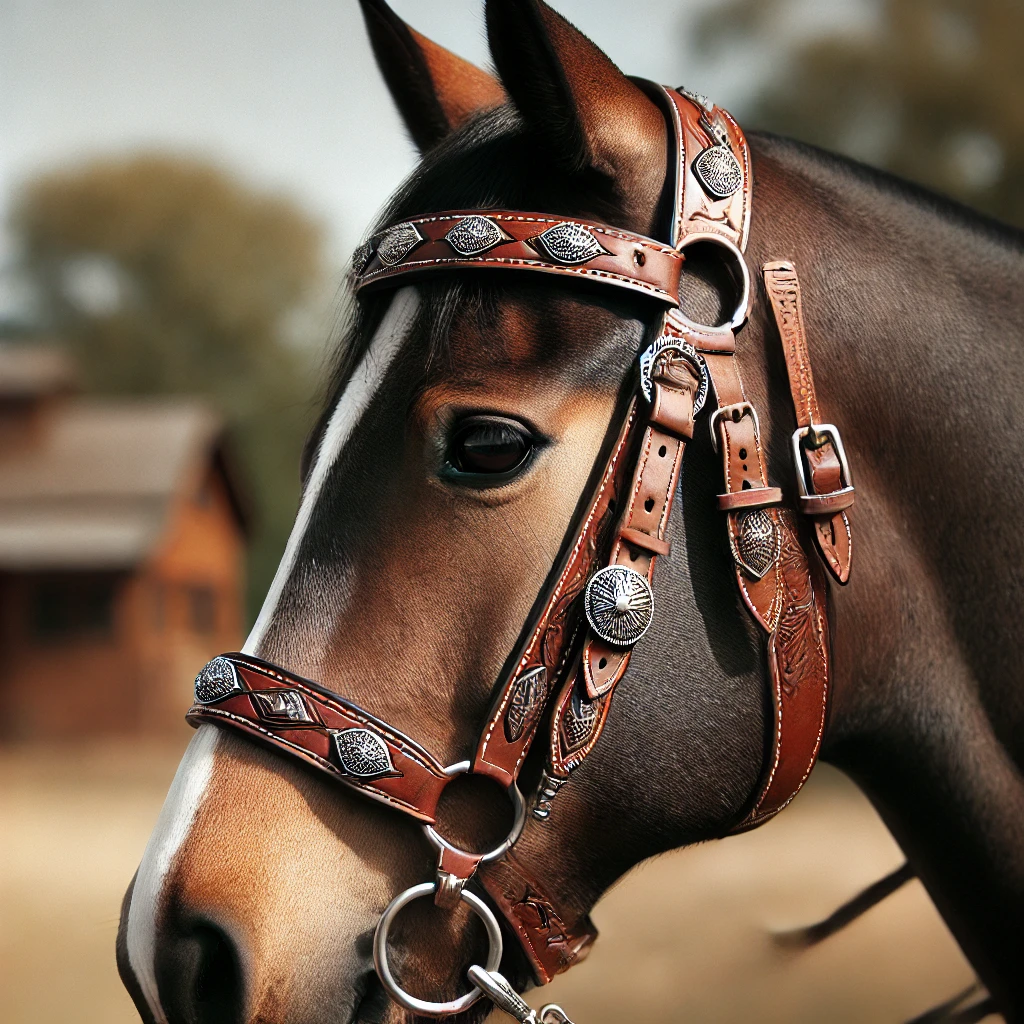
✅ Best for: Western pleasure, reining, cutting, and performance riding
🎯 Why use it? Lightweight and stylish, offering freedom and comfort
A one-ear bridle has a single ear loop instead of a browband. It is commonly seen in Western competitions where riders need a simple, elegant look while still maintaining control over their horse.
🔹 Benefits:
- Great for horses that dislike pressure on their foreheads
- Provides a clean, minimalistic look
- Easy to put on and take off
🔹 Things to Consider:
- May not be as secure as a browband bridle
- Can slip off if not fitted properly
2. Two-Ear Bridle
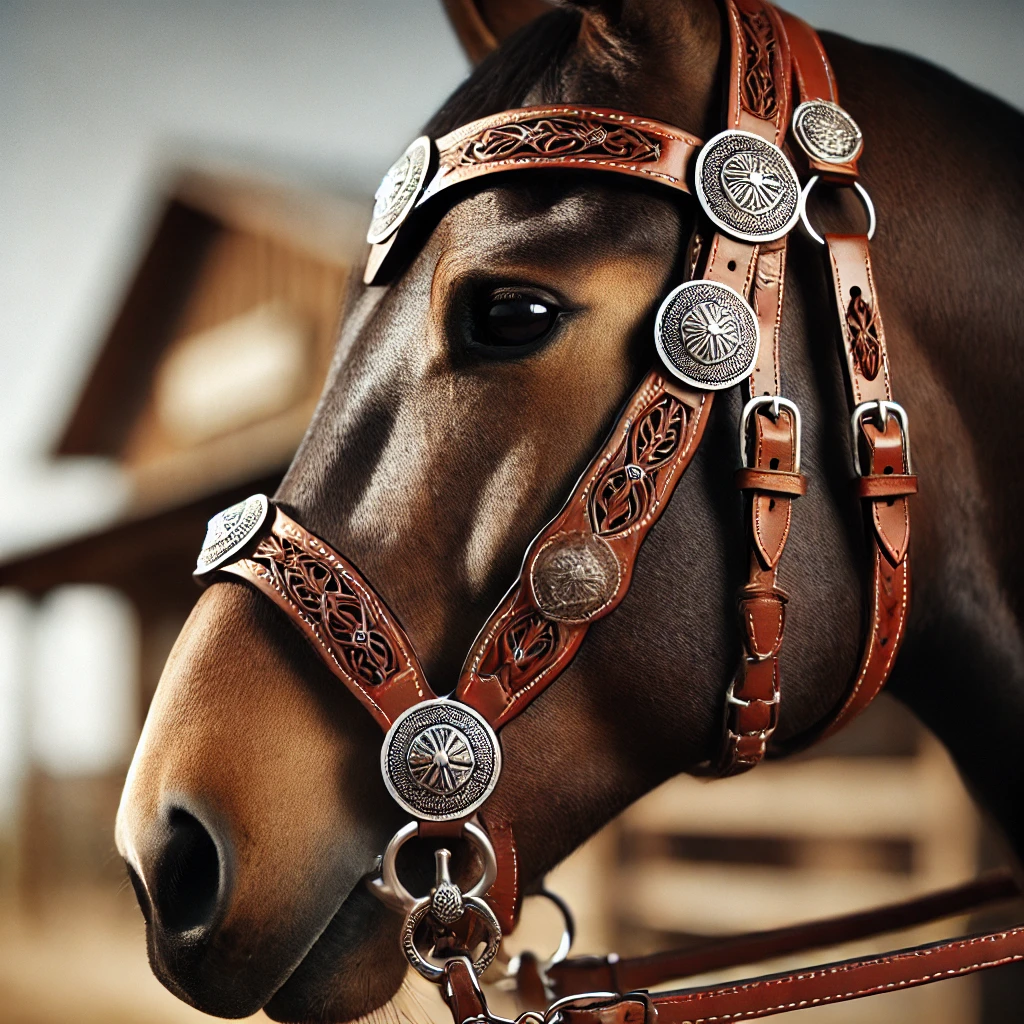
✅ Best for: Western performance events like reining and working cow horse competitions
🎯 Why use it? Adds extra stability while keeping a sleek appearance
A two-ear bridle is similar to a one-ear bridle but has loops over both ears instead of just one. The additional ear loop helps hold the bridle in place while still allowing the horse freedom of movement.
🔹 Benefits:
- More secure than a one-ear bridle
- Still maintains a refined, elegant look
- Used in many high-level Western riding competitions
🔹 Things to Consider:
- Not ideal for rough riding or fast-paced events where more security is needed
3. Browband Bridle
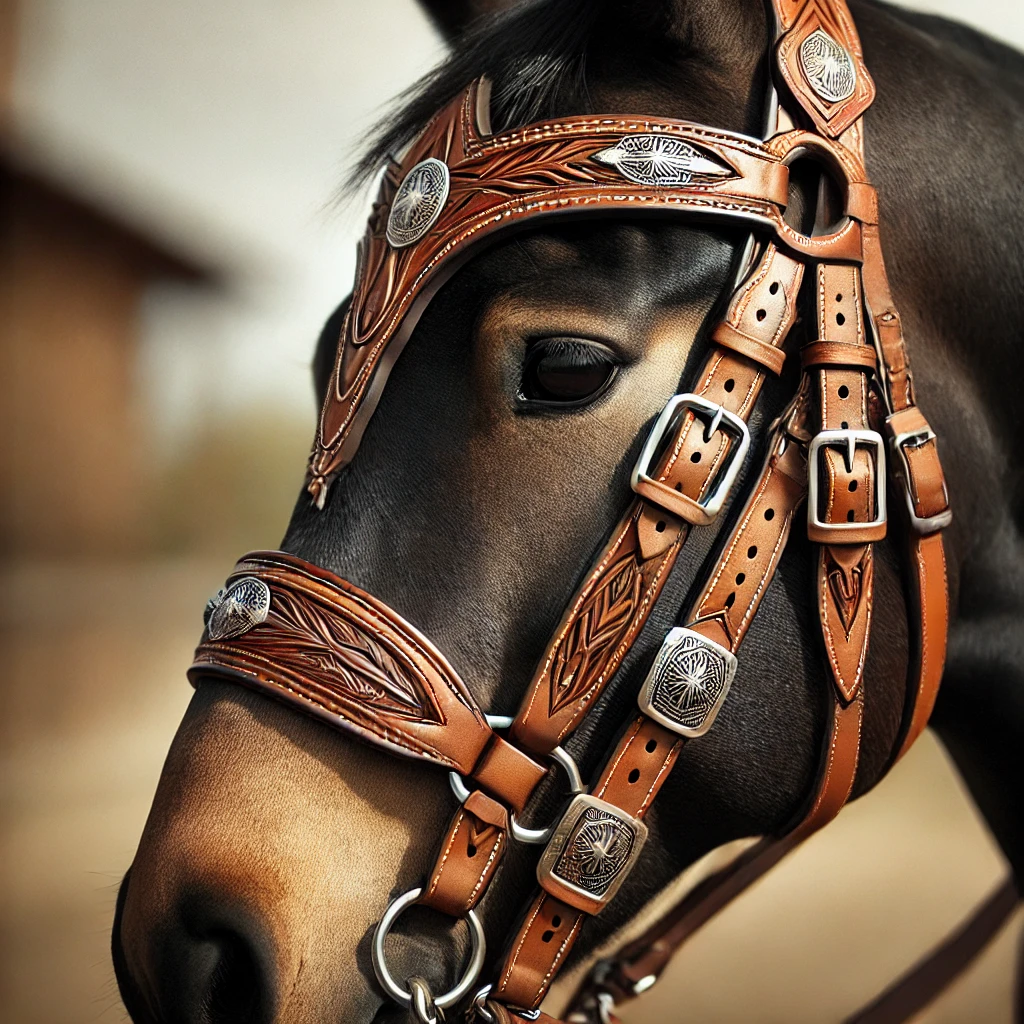
✅ Best for: Trail riding, ranch work, rodeo events, and general riding
🎯 Why use it? Provides maximum security and stability
The browband bridle has a strap that runs across the horse’s forehead, keeping the bridle securely in place. It is one of the most common types of Western bridles because it works well for everyday riding.
🔹 Benefits:
- Stays in place, even during fast movements
- Distributes pressure more evenly across the horse’s head
- Works well with different types of bits
🔹 Things to Consider:
- Some horses may dislike the feeling of a browband
4. Headstall with a Throatlatch
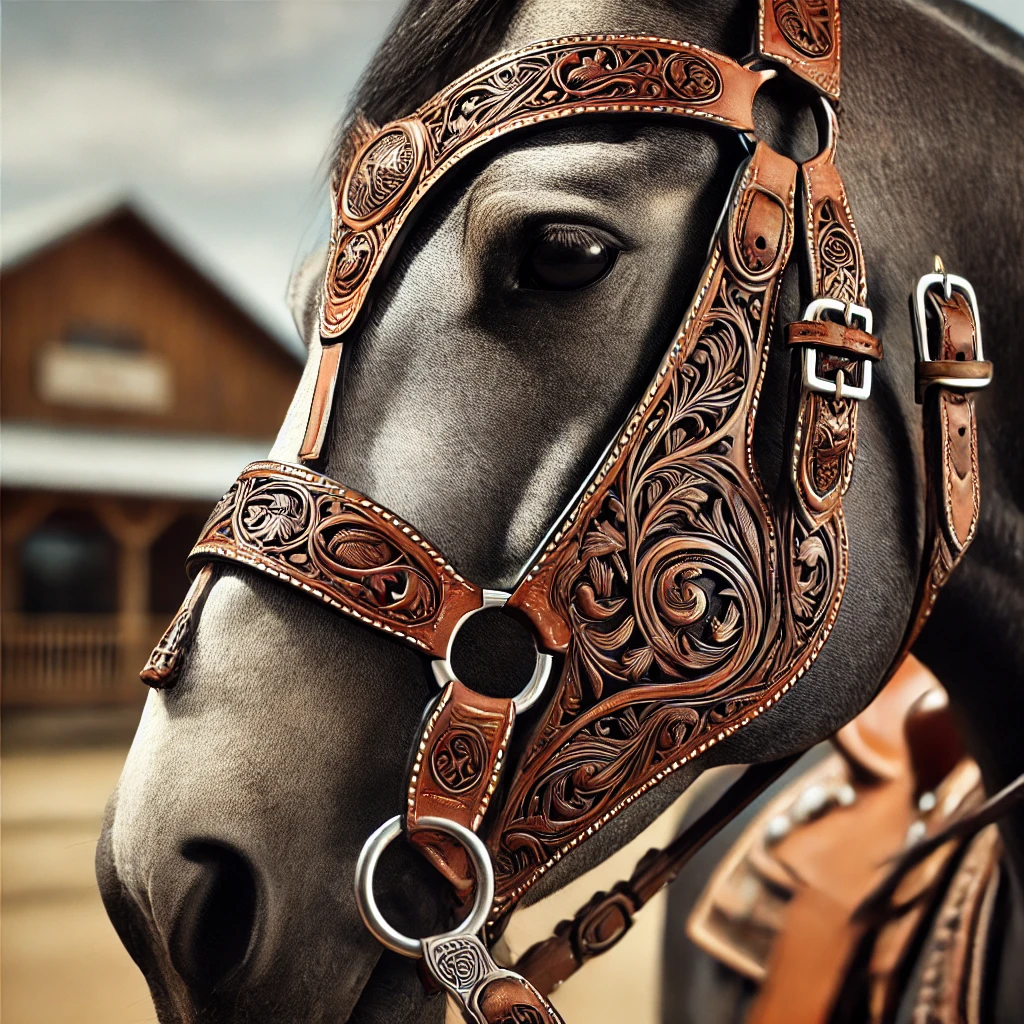
✅ Best for: Barrel racing, roping, and active riding events
🎯 Why use it? Adds extra security to prevent the bridle from slipping off
A throatlatch is an additional strap that goes under the horse’s throat to prevent the bridle from coming off. This type of bridle is especially useful in high-speed events where the horse makes quick, sharp movements.
🔹 Benefits:
- Prevents the bridle from slipping off the horse’s head
- Ideal for fast-paced riding disciplines
- Offers more control for high-energy horses
🔹 Things to Consider:
- Some riders feel the extra strap can be restrictive
5. Sliding Ear Bridle

✅ Best for: Versatile use in Western riding, including ranch work and pleasure riding
🎯 Why use it? Adjustable for a better fit and extra comfort
A sliding ear bridle is similar to a one-ear bridle, but the ear loop can move, allowing for better adjustability.
🔹 Benefits:
- Can be adjusted to fit different horses
- Allows for more flexibility
- Comfortable for horses that don’t like a fixed ear loop
🔹 Things to Consider:
- Less secure than a browband bridle
6. Split-Ear Bridle

✅ Best for: Reining, cutting, and show events
🎯 Why use it? A unique design that stays in place with minimal straps
A split-ear bridle has a crownpiece that is split, allowing one of the horse’s ears to pass through it instead of having a separate loop. This gives the bridle a low-profile design while still keeping it secure.
🔹 Benefits:
- Lightweight and comfortable
- Helps keep the bridle in place without a browband
🔹 Things to Consider:
- Some horses may not like the feeling of the split strap
7. Bitless Bridle (Hackamore or Bosal)

✅ Best for: Training young horses, natural horsemanship, and sensitive-mouthed horses
🎯 Why use it? Offers control without using a bit
A bitless bridle works by applying pressure to the horse’s nose and face instead of the mouth. The bosal is a common type of bitless bridle used in traditional Vaquero-style riding.
🔹 Benefits:
- Gentler on the horse’s mouth
- Helps build trust between horse and rider
- Good for training and groundwork
🔹 Things to Consider:
- Requires a skilled rider to use properly
- May not provide as much control as a bridle with a bit
8. Mecate Bridle
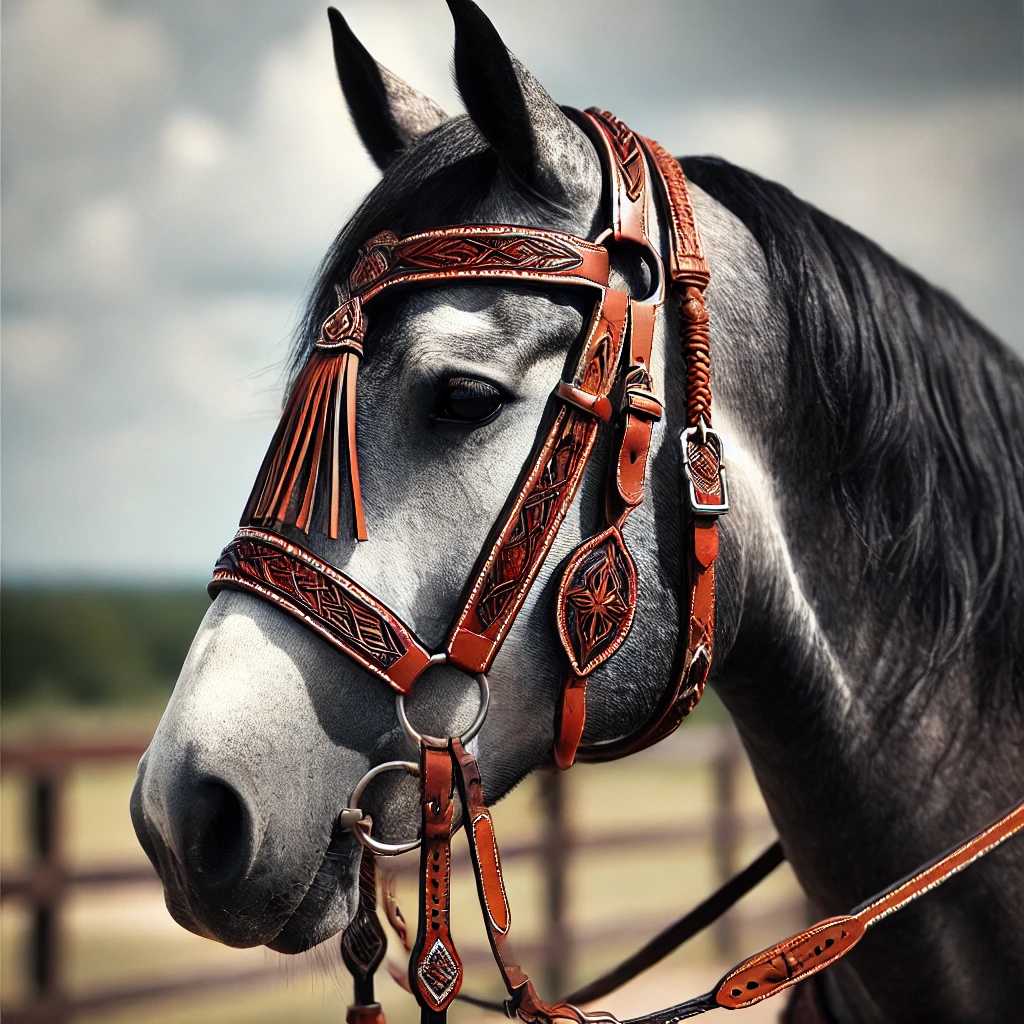
✅ Best for: Traditional Vaquero-style riding, training, and ranch work
🎯 Why use it? Provides both a rein and a lead rope in one piece
The mecate bridle features a bosal with a mecate rein, a long rope traditionally made of horsehair. The rein can also be used as a lead rope when the rider is on the ground.
🔹 Benefits:
- Versatile, as it serves as both a bridle and lead rope
- Great for training young horses
- Allows for smooth communication with the horse
🔹 Things to Consider:
- Requires proper knowledge to use correctly
9. Gag Bridle

✅ Best for: High-speed events like barrel racing and rodeo riding
🎯 Why use it? Provides extra leverage and control for strong horses
A gag bridle has a bit that moves up and down, applying extra pressure to the horse’s mouth when the rider pulls the reins.
🔹 Benefits:
- Gives the rider more control
- Useful for high-energy horses that need strong signals
🔹 Things to Consider:
- Should only be used by experienced riders
- Can be harsh if not used properly
10. Show Bridle
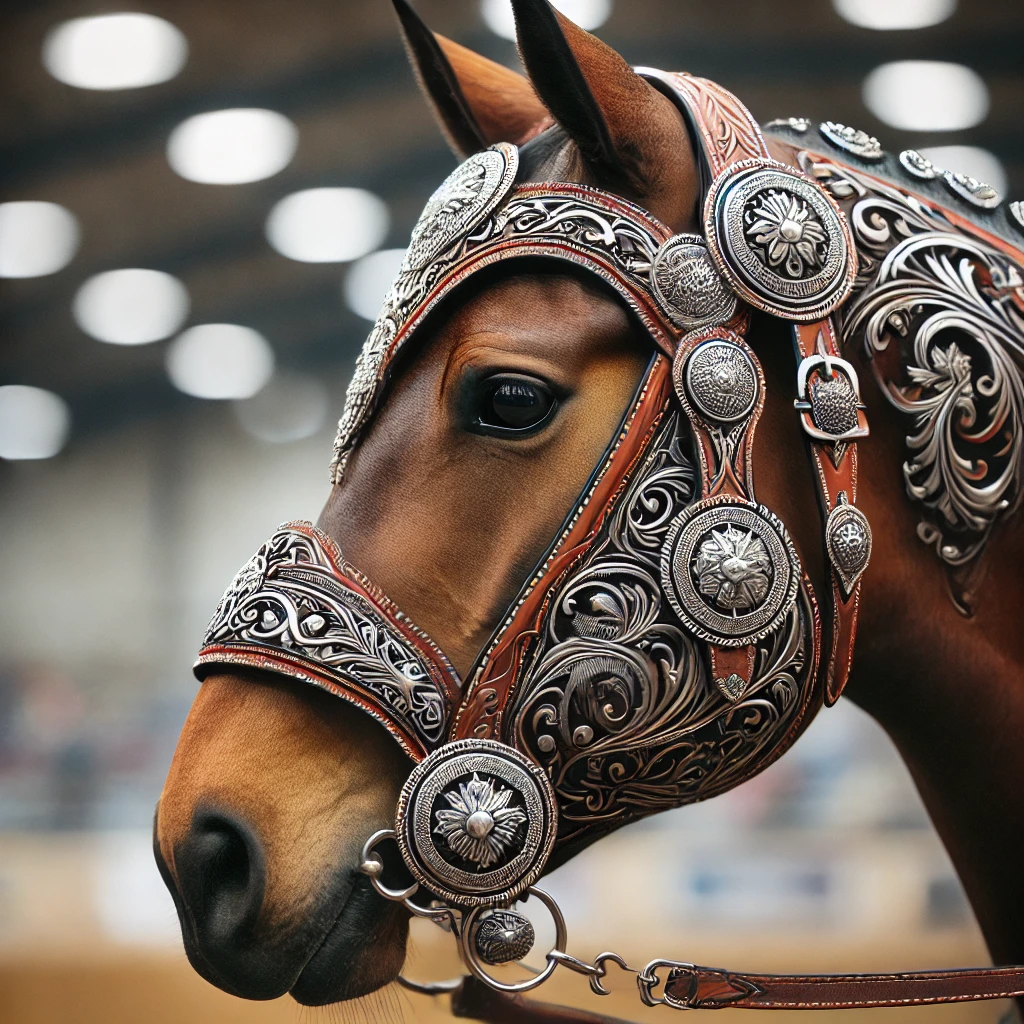
✅ Best for: Western pleasure, reining, and showmanship events
🎯 Why use it? Designed for elegance and presentation in competitions
A show bridle is made from high-quality leather and often decorated with silver accents for a polished, stylish appearance.
🔹 Benefits:
- Makes a horse look impressive in competitions
- High-quality materials for durability
🔹 Things to Consider:
- Not ideal for rough riding or everyday use
Final Thoughts
Each Western bridle has its own purpose, from everyday ranch work to high-level competitions. Choosing the right one depends on your horse’s comfort, your riding style, and what you want to achieve.
Which bridle do you prefer using? Let us know in the comments below!
